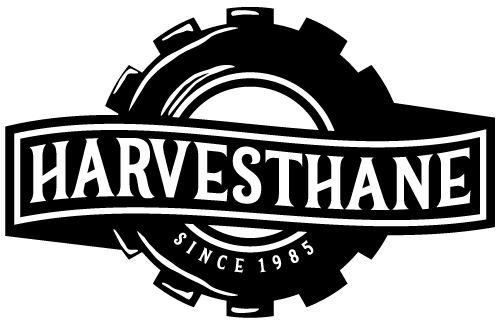Tear resistance is a complex result of other basic properties, such as modulus and tensile strength. Many laboratory methods have…
Read More
Resilience is defined as the ratio of energy given up in recovery from deformation to the energy required to produce…
Read More
At Molded Dimensions Group, we know it's not always easy to pick an elastomer—there are many factors to take into…
Read More
Figure 1 Friction of urethane polymers against non-lubricated surfaces decreases with increasing hardness of the polymer, as shown in Figure…
Read More
The electrical properties of elastomers that are most commonly measured are: Resistivity Dielectric Strength Dielectric Constant Power Factor Materials suitable…
Read More
Hardness, as applied to elastomers, is defined as the relative resistance of a surface to indention by an indenter of…
Read More
When subjected to load, all elastomers exhibit an increasing deformation with time, known as creep. This occurs at any stress…
Read More
The following cost comparison shows the ratio of prices for selected materials to the lowest cost elastomers: EPDM, SBR, and…
Read More
Compression set tests, described in ASTM D-395, are of two main types: Method A, compression set under constant load; and…
Read More



